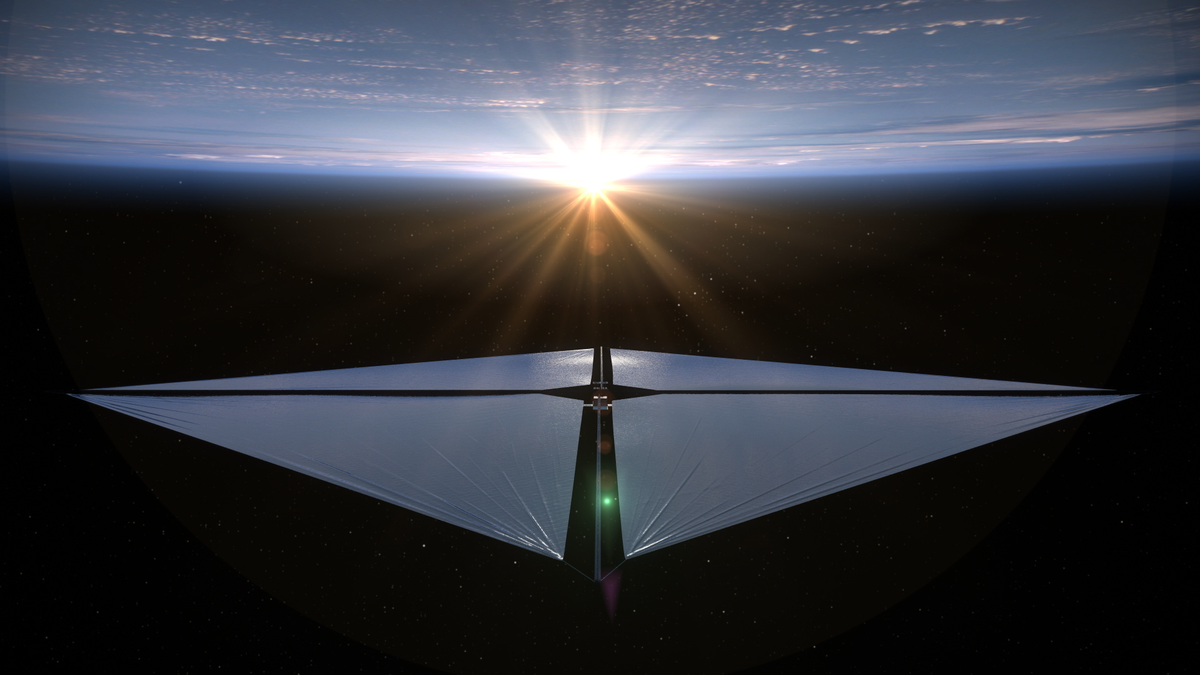
Nearly a week after launching to space, a microwave-sized cubesat phoned home for the first time as it prepares to embark on its mission of sailing through low Earth orbit.
NASA’s Advanced Composite Solar Sail System (ACS3) contacted ground operators on Tuesday at 2:30 a.m. ET as it passed over the ground hub located at Santa Clara University’s Robotics Systems Lab in Santa Clara, California, the space agency announced in a blog post.
The solar sail mission launched on April 23 on board Rocket Lab’s Electron rocket from New Zealand. It was delivered to a Sun-synchronous orbit around 600 miles (966 kilometers) above Earth’s surface (more than twice the altitude of the International Space Station). The mission team confirmed successful two-way communications and will set a date to unfurl the sail after all commissioning tasks have been completed, according to NASA.
The process of unfurling will take about 25 minutes and NASA has equipped the mission with a suite of onboard digital cameras to capture images of the sail during and after deployment to assess its shape and alignment.
NASA’s ACS3 is designed to test new materials and deployable structures for solar sail propulsion systems, including new composite booms that will be used to unfurl the solar sail once it reaches orbit. Once unfurled, the solar sail will stretch across 30 feet (9 meters) per side.
Solar sails run on photons from the Sun, causing small bursts of momentum that propel the spacecraft farther away from the star. The mission’s initial flight phase will last for around two months and will include a series of pointing maneuvers to demonstrate orbit raising and lowering using only the pressure of sunlight acting on the sail.
“The results from this mission will advance future space travel to expand our understanding of our Sun and solar system,” NASA wrote in its blog update.
For more spaceflight in your life, follow us on X and bookmark Gizmodo’s dedicated Spaceflight page.

